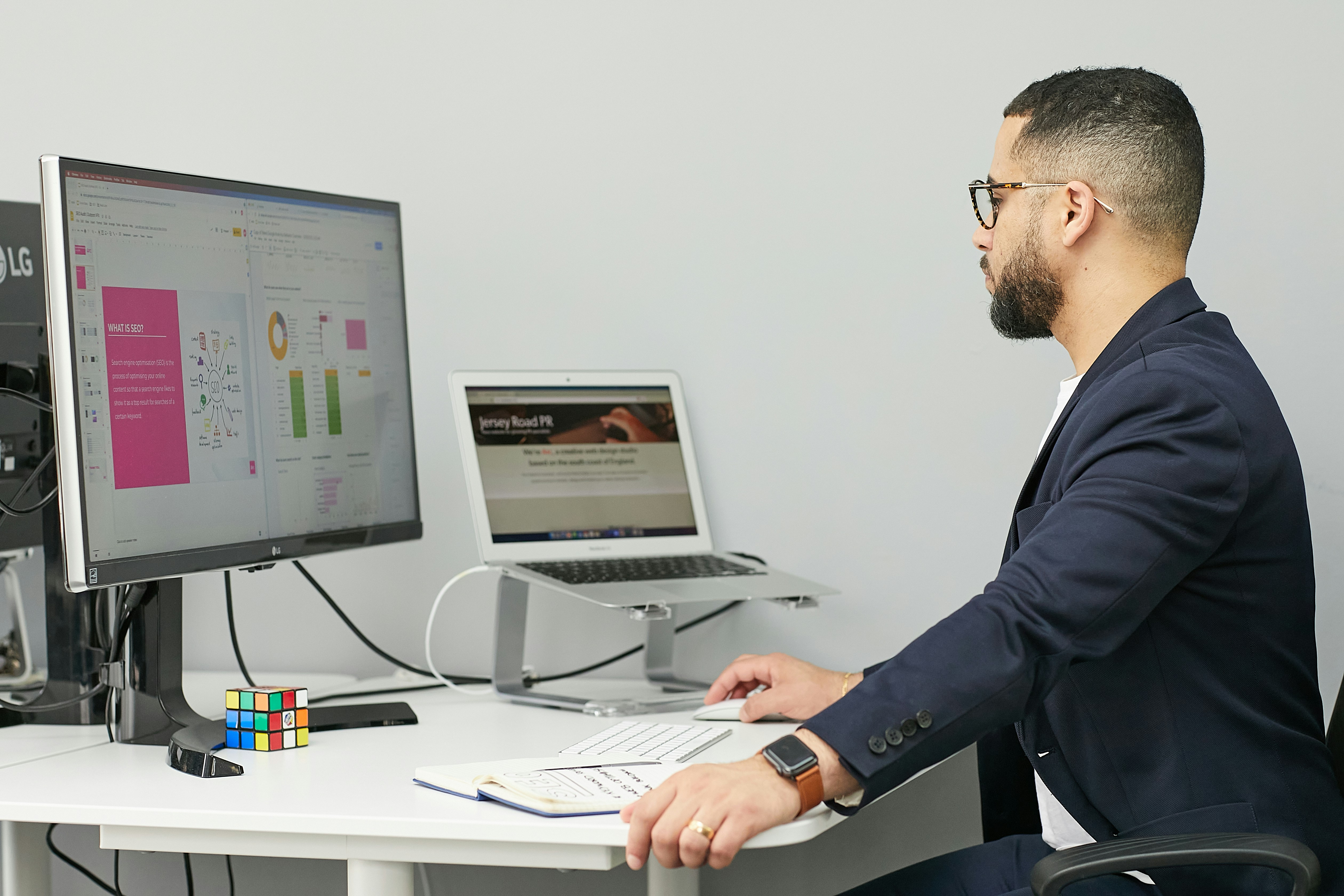Effective accounts receivable management is crucial for the financial health and stability of any small business.
By optimizing your receivable management process, you can improve cash flow, reduce the risk of late payments, and strengthen your overall financial position.
This comprehensive guide explores the essential aspects of accounts receivable management, providing you with the tools and strategies to streamline your AR process and enhance your business’s financial performance.
Introduction to Accounts Receivable Management
Accounts receivable (AR) refers to the money owed to your business by customers for goods or services provided on credit.
Effective accounts receivable management involves tracking these outstanding payments, ensuring timely collection, and maintaining healthy customer relationships.

A well-managed AR process can significantly improve your cash flow, enabling you to meet your financial obligations and invest in growth opportunities.
Understanding the Importance of Accounts Receivable Management
Efficient accounts receivable management is vital for several reasons.
It ensures a steady cash inflow, which is essential for meeting operational expenses, paying suppliers, and investing in growth.
Additionally, effective AR management helps reduce the risk of bad debts and improves your business’s overall financial health.
Maintaining strong customer relationships through clear communication and flexible payment options can also enhance your AR management process.
Key Components of the Accounts Receivable Management Process
The accounts receivable management process involves several key components, each playing a crucial role in ensuring efficient and effective AR management.
Establishing Clear Payment Terms
Clear payment terms are the foundation of effective accounts receivable management.
They set expectations for customers and provide a framework for the collection process.
Defining payment due dates, such as net 30 or net 60, and offering early payment discounts can encourage timely payments.
Implementing late fees can also deter late payments by imposing charges on overdue amounts.
These strategies help maintain a steady cash flow and reduce the risk of late payments.
Invoicing Best Practices
Efficient invoicing is essential for timely payment collection.
Sending invoices promptly ensures that customers receive their bills soon after the service or product delivery, reducing the time between service and payment.
Including all relevant details, such as itemized charges, payment terms, and due dates, helps customers understand their obligations and reduces the likelihood of disputes.
Using electronic invoicing can further streamline the process by reducing errors and processing time.
Tracking and Monitoring Outstanding Invoices
Regularly tracking and monitoring outstanding invoices is crucial for effective accounts receivable management.
Maintaining an accurate receivable ledger helps keep a detailed record of all outstanding invoices, including customer information, due dates, and amounts owed.

Using accounts receivable management software can automate tracking and monitoring processes, providing real-time insights into your AR status.
Setting up payment reminders ensures that customers are aware of their upcoming payment obligations, reducing the risk of late payments.
Implementing an Effective Collection Process
A well-defined collection process is essential for recovering overdue payments and maintaining healthy cash flow.
Sending an initial reminder as the due date approaches can encourage timely payment.
Follow-up communication, such as calls or emails, allows you to discuss outstanding payments and address any issues directly with the customer.
To boost both cash flow and collection processes, please read 10 Ways to Improve Collections and Cash Flow for actionable tips.
If payments remain overdue, sending a formal demand letter outlining the consequences of non-payment can motivate customers to take action.
Analyzing Receivable Performance
Regularly analyzing your receivable performance can help identify trends, optimize processes, and improve overall AR management.
Calculating key metrics, such as Days Sales Outstanding (DSO), Collection Effectiveness Index (CEI), and receivable turnover ratio, provides valuable insights into your AR performance.
Identifying trends in payment behavior, such as average payment times and frequency of late payments, can help you make informed decisions to improve your AR process.
Setting benchmarks for AR performance and continuously striving to improve them ensures that your AR management remains effective and efficient.
Receivable Management Best Practices
Implementing best practices in receivable management can significantly enhance your AR process and improve cash flow.
Automate the AR Process
Automation can streamline your AR process, reduce errors, and improve efficiency.
Using AR management software can automate invoicing, payment tracking, and collection processes.
Integrating with accounting systems ensures accurate and up-to-date financial information.
Setting up automatic payment reminders helps keep customers informed about their upcoming payment obligations, reducing the risk of late payments.
Offer Multiple Payment Options
Providing customers with multiple payment options can facilitate timely payments and improve customer satisfaction.
Accepting credit and debit cards offers convenience for customers who prefer this payment method.
Enabling electronic funds transfer (EFT) allows customers to transfer funds directly from their bank accounts, providing a quick and secure payment option.
Supporting mobile payments caters to customers who prefer the convenience of paying through their mobile devices.
If you’re unsure about the difference between cash flow and profit, read Cash Flow vs Profit: What’s the Real Difference to gain clarity.
Maintain Strong Customer Relationships
Building and maintaining strong customer relationships is essential for effective accounts receivable management.
Communicating clearly with customers helps address any payment-related issues promptly.
Being flexible with payment terms and plans can accommodate customers facing temporary financial difficulties.
Providing excellent service builds customer loyalty and encourages timely payments.
Implement a Credit Policy
A well-defined credit policy can help minimize the risk of bad debts and improve overall AR management.

Conducting credit checks on new customers before extending credit terms helps assess their creditworthiness.
Setting credit limits based on customers’ payment history and credit scores helps manage risk.
Regularly reviewing and updating credit terms ensures that they remain relevant and effective.
Train Your AR Team
A well-trained AR team is crucial for effective accounts receivable management.
Providing comprehensive training equips your team with the skills and knowledge required to manage the AR process efficiently.
Encouraging continuous learning helps your team stay updated with industry best practices.
Promoting collaboration between the AR team and other departments ensures a cohesive approach to receivable management.
The Role of Technology in Accounts Receivable Management
Technology plays a vital role in streamlining and optimizing the accounts receivable management process.
Accounts Receivable Management Software
AR management software offers a range of features designed to automate and enhance the receivable process.
Automated invoicing reduces manual effort and errors, while payment tracking provides real-time insights into payment status.
Integration capabilities ensure seamless data management with accounting systems and other financial tools.
Receivable Automation
Automating receivable processes can improve efficiency, accuracy, and overall AR performance.

Automatic payment reminders keep customers informed about their upcoming payment obligations.
Automated cash application matches incoming payments with outstanding invoices, streamlining the cash application process.
Automated reporting generates real-time reports on AR performance, including key metrics and trends.
Payment Processing Solutions
Efficient payment processing is essential for timely collection and improved cash flow.
Secure payment gateways facilitate online payments and protect sensitive customer information.
Recurring billing ensures timely collections for customers with regular payment schedules.
Payment tracking provides real-time insights into payment status, allowing you to address any issues promptly.
Challenges in Accounts Receivable Management
Despite the benefits of effective accounts receivable management, businesses may face several challenges in the process.
Late Payments
Late payments can disrupt cash flow and create financial strain for small businesses.
Identifying the root causes of late payments, such as unclear payment terms or customer financial difficulties, is the first step in addressing the issue.
Implementing solutions, such as improving communication, offering flexible payment options, or enforcing stricter credit policies, can help mitigate the impact of late payments.
Regularly monitoring the effectiveness of these solutions and making adjustments as needed ensures that your AR process remains robust.
Bad Debts
Bad debts occur when customers fail to pay their outstanding balances, resulting in financial losses for the business.
Conducting thorough credit checks on new customers helps minimize the risk of bad debts.
Setting realistic credit limits based on customers’ payment history and credit scores helps manage risk effectively.
Pursuing debt collection through a debt collection agency or seeking legal advice can help recover outstanding debts.
Manual Processes
Manual processes can be time-consuming, error-prone, and inefficient, hindering effective accounts receivable management.
Implementing automation can streamline repetitive tasks, such as invoicing and payment tracking, improving efficiency and accuracy.
Leveraging technology, such as AR management software and other technological solutions, can further enhance the receivable process.
For a deeper dive into DSO and its significance, check out Understanding Days Sales Outstanding (DSO) and Its Importance.
Training your AR team to effectively use automated tools and technologies ensures that your AR management remains efficient and accurate.
If your organization is seeking a more structured and results-driven approach to managing receivables, JumpstartCXO offers tailored solutions designed specifically for SMEs.
Their professional receivables management services are built to streamline collection processes, reduce Days Sales Outstanding (DSO), and enhance cash flow predictability — enabling you to focus on strategic business growth.
Conclusion
Effective accounts receivable management is crucial for the financial health and stability of small businesses.
By implementing best practices, leveraging technology, and addressing common challenges, you can optimize your AR process, improve cash flow, and strengthen your overall financial position.
Take action today to enhance your receivable management strategies and ensure your business thrives.
FAQs
Q: What is accounts receivable management?
Accounts receivable management is the process of tracking and collecting outstanding payments owed to a business by its customers.
Effective AR management involves establishing clear payment terms, sending timely invoices, tracking outstanding payments, and implementing a well-defined collection process.
Q: Why is accounts receivable management important for small businesses?
Effective accounts receivable management is important for small businesses as it ensures a steady cash inflow, which is essential for meeting operational expenses, paying suppliers, and investing in growth opportunities. It also helps reduce the risk of bad debts and improves overall financial stability.
Q: What are some best practices for receivable management?
Some best practices for receivable management include automating the AR process, offering multiple payment options, maintaining strong customer relationships, implementing a credit policy, and training your AR team.
These practices can help streamline the receivable process, improve cash flow, and enhance overall AR performance.
Q: How can technology improve accounts receivable management?
Technology can improve accounts receivable management by automating repetitive tasks, enhancing accuracy, and providing real-time insights into AR performance.
AR management software, receivable automation, and payment processing solutions can help streamline the receivable process and improve overall efficiency.
Q: What are some common challenges in accounts receivable management?
Common challenges in accounts receivable management include late payments, bad debts, and manual processes. Addressing these challenges requires identifying root causes, implementing solutions, and leveraging technology to improve efficiency and accuracy.




